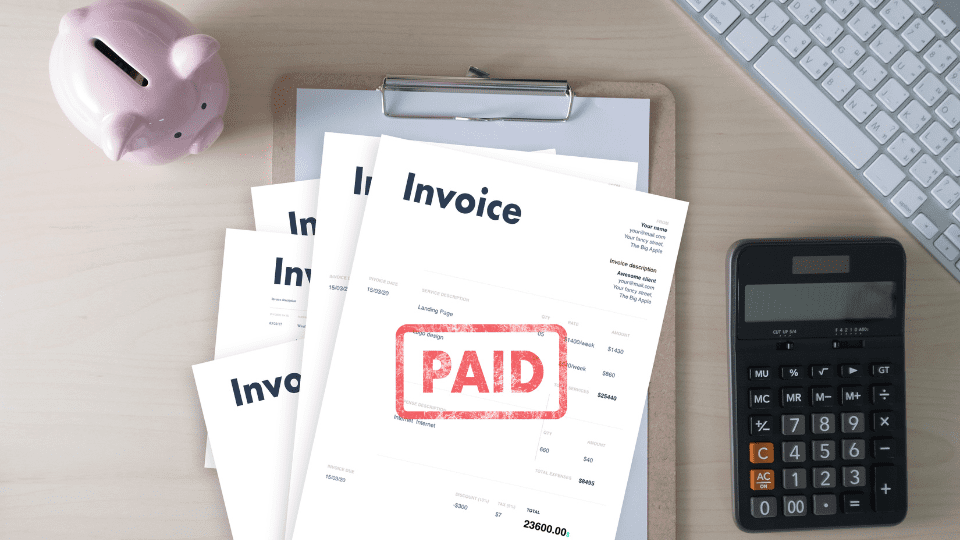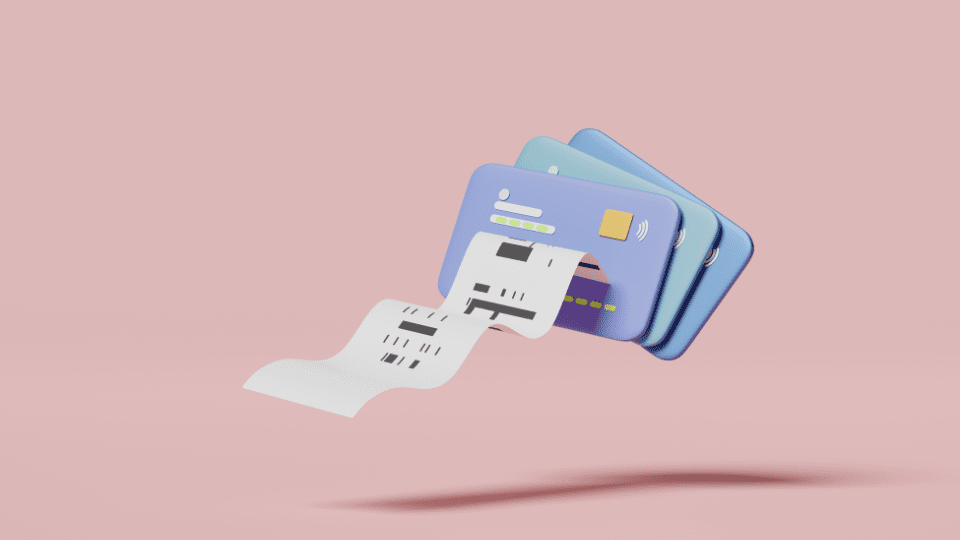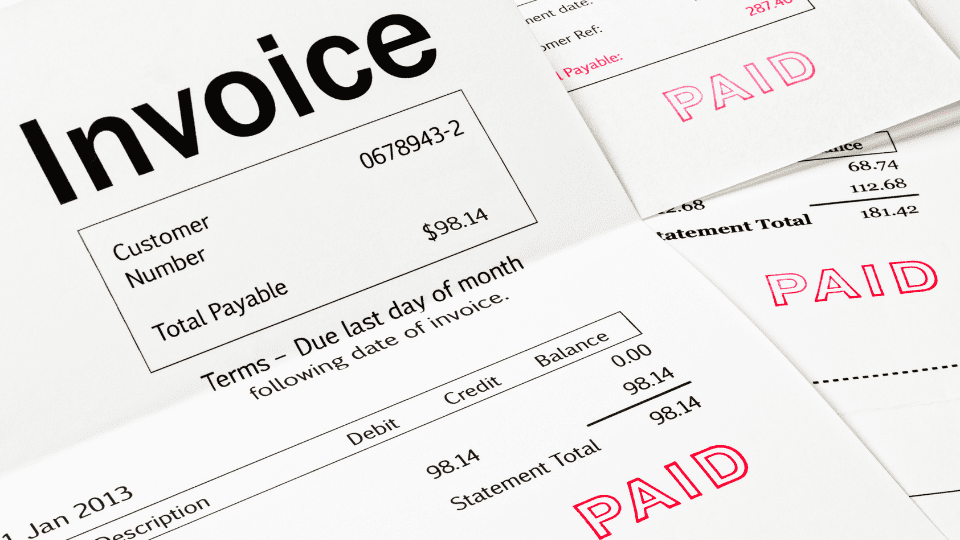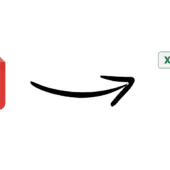In many situations, small businesses must manage multiple invoice payments for all vendors that provide services to their business. A clear system for managing invoice payments is crucial to keeping track of your business budget, maintaining good vendor relationships, and avoiding late payment fees.
We’ll review common invoice payment methods like credit, automated payments, and bank transfers. We’ll also go over tips for managing timely invoice payments so you can create an automated invoice processing system and payment system that works for your small business.

How Do You Pay an Invoice?
An invoice payment is a transaction in which a buyer pays a seller’s bill for products or services rendered. It entails the transfer of payments from the customer to the seller to meet the financial obligation indicated in the invoice. Usually, there are a few ways to pay invoices: cash, cheques, credit cards, or electronic transfers.
They guarantee that vendors receive payment for their goods or services and that clients pay their debts, making them a crucial component of corporate operations. Timely invoice payments help maintain healthy connections between organizations and their consumers and suppliers. Which Procedures Are Involved in Paying an Invoice?
The process of Invoice Payment often involves multiple steps:
Receive the Invoice
The invoice is sent to the customer by the supplier or vendor, detailing the goods or services provided and the amount due.
Approve the Invoice
If the invoice is correct, the customer approves it for payment. In rare circumstances, the invoice might have to pass through an organization-wide approval process to the customer.
Determine Payment Method
The customer decides on the payment method, such as bank transfer, credit card, cheque, or electronic payment.
Initiate Payment
The buyer initiates the payment to the supplier or vendor using the specified payment method. This may require entering an online banking system, using a payment gateway, or writing a check.
Document Payment
Upon settling the invoice, the client notes the amount paid, the date of payment, and the invoice number in their accounting records.
Reconcile Payments
The customer reconciles the payment with their accounts payable records to ensure that the invoice is marked as paid and that the payment is reflected accurately in their financial statements.
Communicate Payment
If necessary, the customer communicates to the supplier or vendor that the invoice has been paid, providing relevant payment confirmation details.
File Invoice
The client files the paid invoice for future reference and auditing needs.
Watch Payment Status
The customer may check the payment status to confirm that the supplier or vendor has processed and received it.

How Should an Invoice Payment Be Paid?
Examine the invoice data, including the amount owed, the date of payment, and the payment instructions, before making any payments for an automated invoice process. Select a payment option that works for you and is accepted by the vendor or supplier, such as an online payment platform, credit card, bank transfer, or check. To make an online payment, go into your bank account or payment gateway and proceed to the bill payment area.
Enter the invoice details, including the recipient’s details and the amount due. Verify the payment details one more time before finalizing the transaction. If paying by check, ensure it reaches the supplier or vendor before the due date by writing out the billed amount and mailing it to their address. After making the payment, keep a record of the transaction, such as a confirmation number or receipt, for your records.
What are some best practices for ensuring timely Invoice Payment?
Ensuring timely invoice payments is essential for maintaining positive relationships with suppliers and vendors. Setting out explicit payment terms in advance, including with accepted payment methods and due dates, is one of the best practices. Invoice management software can help you track and manage your invoices more efficiently, ensuring you get all payment deadlines.
It is also advantageous to schedule regular payment runs to handle bills in batches and lower the possibility of forgetting to make payments. By keeping a close eye on your cash flow, you can ensure you have the necessary resources to complete your payments on time. Clear communication regarding payment terms and potential supplier problems can also help prevent miscommunication. Moreover, the payment process can be streamlined, and error-proneness can be decreased by automating payments via online platforms or electronic funds transfers.

What are some common obstacles faced when completing Invoice Payments?
Several common challenges can arise when making invoice payments. These comprise problems like inaccurate or missing invoice details, hold-ups in the approval process, trouble balancing payments and invoices, and cash flow management obstacles. Problems with payment methods, such as bank transfer delays or issues with online payment platforms, are among the other frequent difficulties. In addition, some organizations may need help keeping track of a high volume of invoices and guaranteeing that payments are made on schedule.
What are the benefits of paying invoices on time?
There are various advantages to paying invoices on time, which can help your business. Firstly, it helps maintain strong relationships with your suppliers and vendors. Consistently paying on time indicates reliability and professionalism, which can lead to better terms, discounts, and priority service. Maintaining positive relationships with suppliers is essential to guaranteeing a consistent flow of products and services, which is necessary for the efficient running of your company.
Secondly, paying invoices immediately helps you avoid late fees and penalties. Late payments are subject to fines from many providers, which can quickly increase expenses. You can avoid these extra expenses and keep your budget in check by paying on time.
Thirdly, making on-time payments helps raise your credit standing. Credit agencies receive payment history reports from some suppliers. Therefore, it’s important for your company to us on time to improve regularly its credit standing regularly. Applying for loans, settling terms with other vendors, and reconciling can benefit from this.
Additionally, timely invoice payment guarantees a steady cash flow. Payment delays mess with your cash flow and make it hard to pay other bills on time. Paying on schedule can help you keep a healthy financial flow and spare yourself needless worry. Making payments on time also prevents interruptions in the supply chain. Late payments can strain relationships with suppliers and delay getting products or services. This can affect your capacity to complete orders and satisfy client requests.
By Invoice Payment on time, you contribute to a more efficient supply chain and reduce the chance of disruptions. To sum up, Invoice Payment is not just about meeting financial obligations; it’s also about fostering goodwill, upholding your company’s good name, and ensuring everything runs smoothly. It is an essential component of sound financial management with several advantages for your company.
Is there a penalty for late Invoice Payment?
Penalties for late payments may differ based on the conditions that the parties have agreed upon. Businesses frequently include a provision stating a late payment penalty in their invoices. This penalty could be a fixed amount or a percentage of the invoice total. It is crucial to review the terms and conditions of the contract or invoice to comprehend the precise penalties that can be imposed. What details must be included when paying an invoice? Generally, you must provide the following information when paying an invoice:
Number of Invoice
This makes it easier for the receiver to know which invoice you are paying for.
Payment Amount
The entire sum that you are funding.
Payment Date
The date when the payment is made.
Method of Payment
You are using the payment method (check, bank transfer, credit card).
Your Details of Contact
Your name, address, and contact details.
Recipient’s Contact Information
The name, address, and contact details of the entity or person you are paying.
Any Account Number or Reference
Any specific reference or account number requested by the receiver to ensure proper payment allocation.






